India took a big leap in space technology last month when the Indian Space Research Organization (ISRO) used its workhorse PSLV-C34 to inject 20 satellites including 17 foreign satellites into orbit in a single mission and set a new record on Wednesday. The 320-tonne Polar Satellite Launch Vehicle (PSLV-C34) took off on its 36th flight at 9.26am from the Satish Dhawan Space Centre with 20 satellites including its primary payload Cartosat-2 series, which provides remote sensing services, and earth observation and imaging satellites from US, Canada, Germany and Indonesia. It was also 14th flight of PSLV in ‘XL’ configuration with the use of solid strap-on motors. Cartosat-2 was placed in orbit at 9.44am. With Cartosat-2 weighing 727.5kg, PSLV lifted off a total of 1,288kg into space and began placing the satellites into orbit about 17 minutes later. In the final stages of the mission, ISRO also demonstrated the vehicle’s capability to place satellites in different orbits. In the demonstration, the vehicle reignited twice after its fourth and final stage and moved further a few kilometers into another orbit. ISRO scientists said the demonstration is for their next mission when they are planning to inject satellites in different orbits using a single rocket. ISRO set a world record for the highest number of satellites launched in a single mission when it placed 10 satellites in a PSLV on April 28, 2008. Nasa in 2013 placed 29 satellites in a single mission and Russia in 2014 launched 33 satellites in one launch. In December 2015, when PSLV-C29 injected six Singapore satellites into orbit, ISRO conducted a major experiment where the fourth stage was reignited and switched off after the satellites were placed in orbit.
While India made progress with its Polar Satellite Launch Vehicle (PSLV) capability to launch microsatellites, it had struggled for a while with its Geo Stationary Launch Vehicle (GSLV) capability to launch heavier satellites. However, in 2014, ISRO launched a GSLV-D5 equipped with an indigenous cryogenic engine. Nevertheless, the D5 was not technologically powerful enough to launch heavier satellites. In June 2017, ISRO marked a significant improvement in its GSLV capability by conducting the first developmental flight of the GSLV Mark-IIID1 called the “Fat Boy Satellite” that could launch heavier satellites into Geosynchronous Transfer Orbit (GTO). The developmental flight of the GSLV is a huge success especially as the Mark III was mired in delays due to technological setbacks incurred by the Mark II version.
Not only this, but India also plans to develop Reusable Launch Vehicles (RLV) in the future for low-cost and reliable space access. ISRO also hopes for a manned mission into space in the future. Thus, India would become a bigger player in the space technology market. As Prime Minister Narendra Modi stated, the new development would take India to “next-generation launch vehicle and satellite capability.”
—Prashant Tewari, Editor-in-Chief







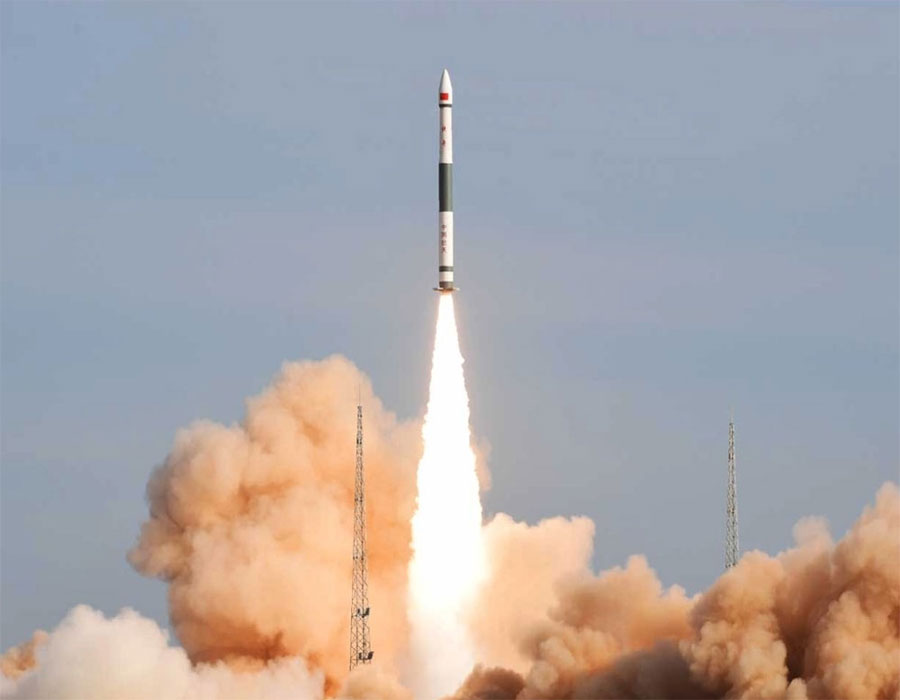
 OpinionExpress.In
OpinionExpress.In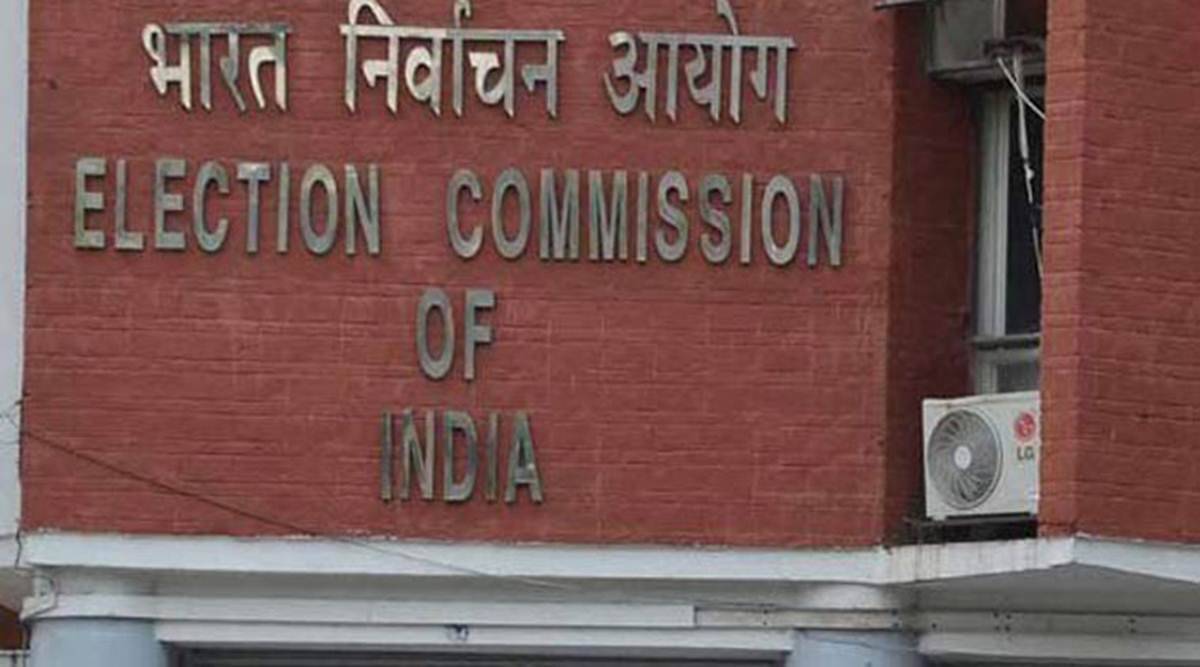
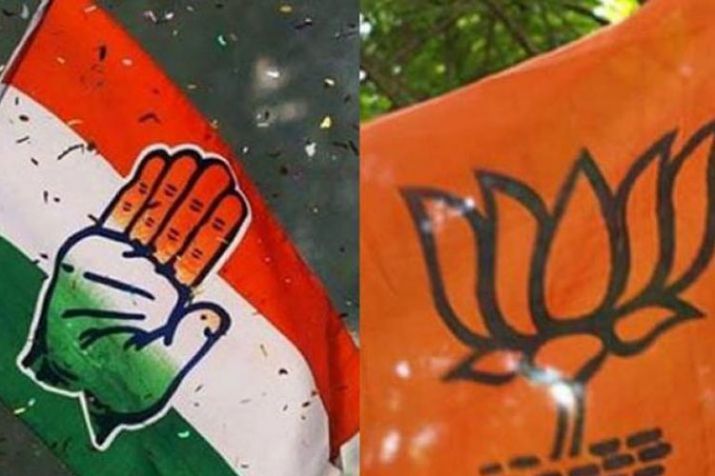
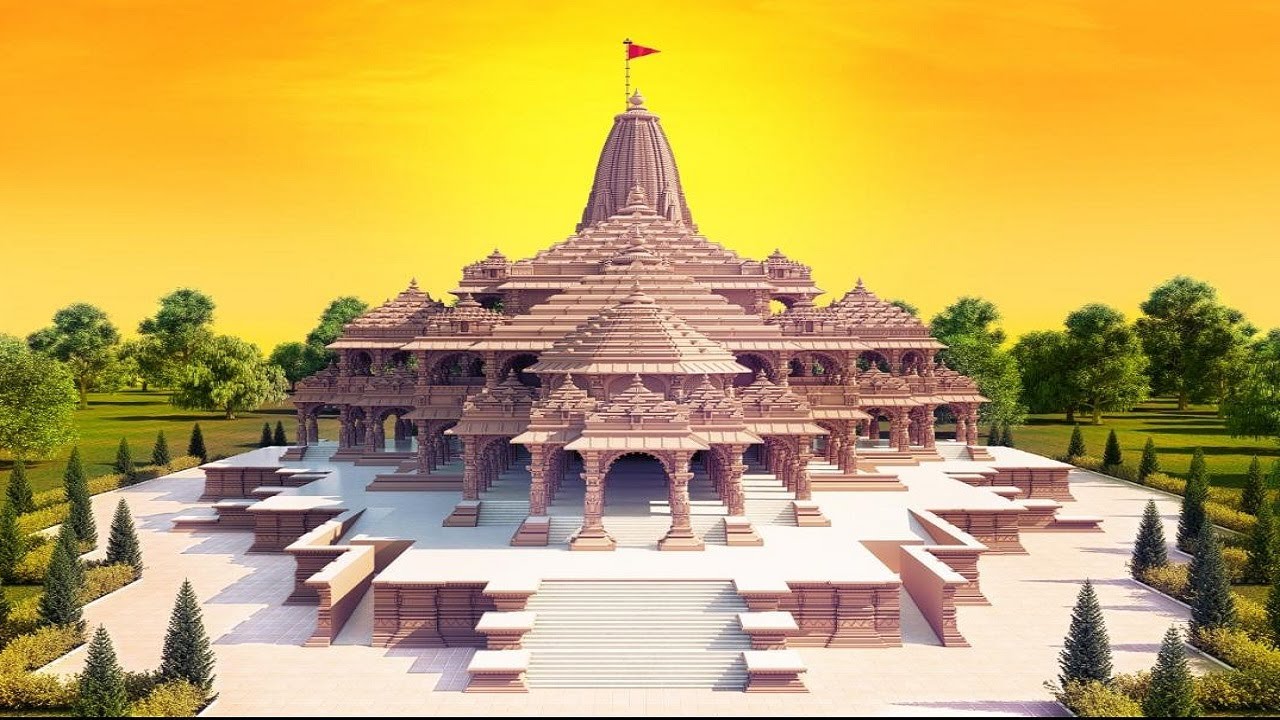
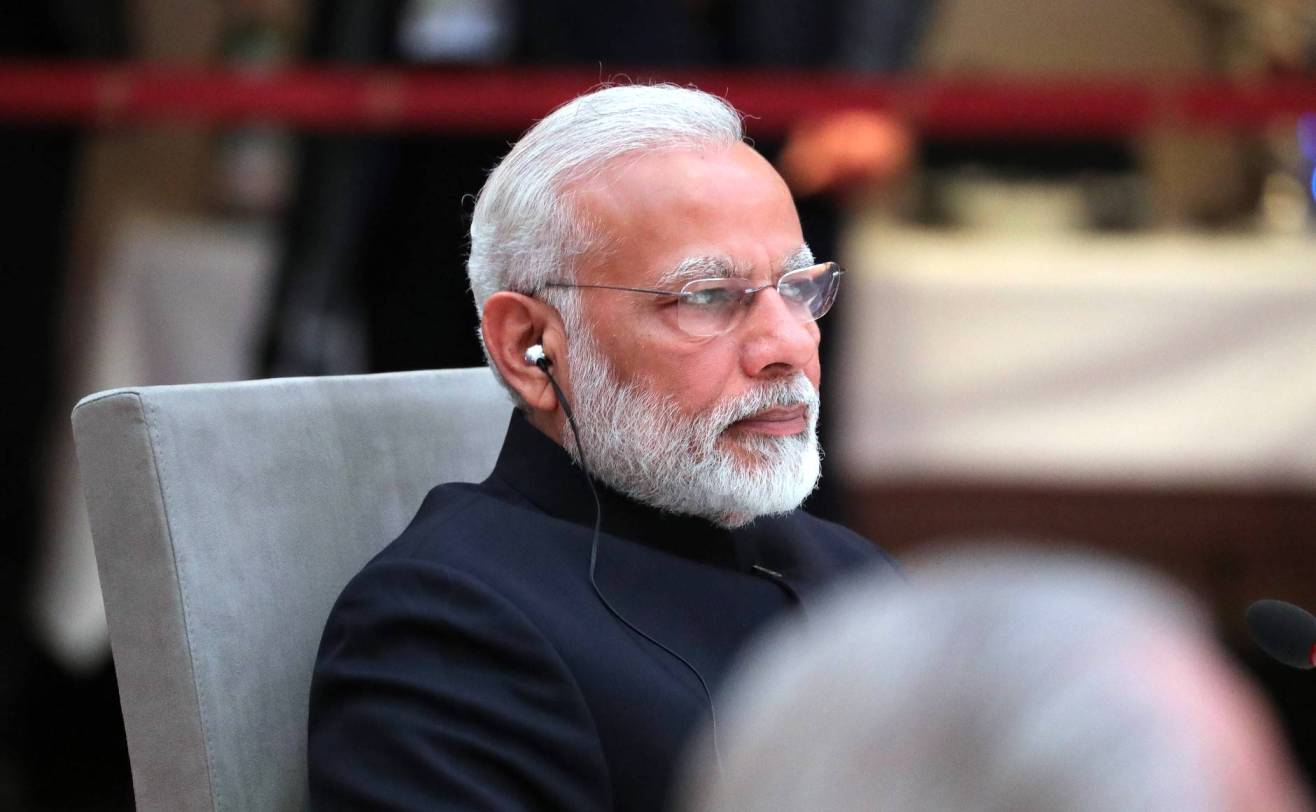

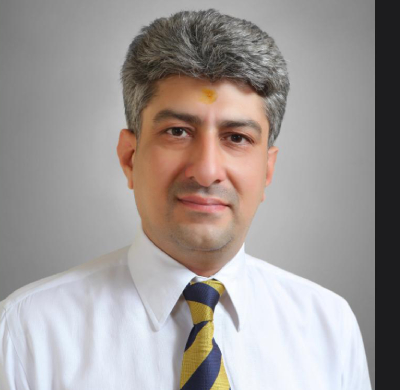

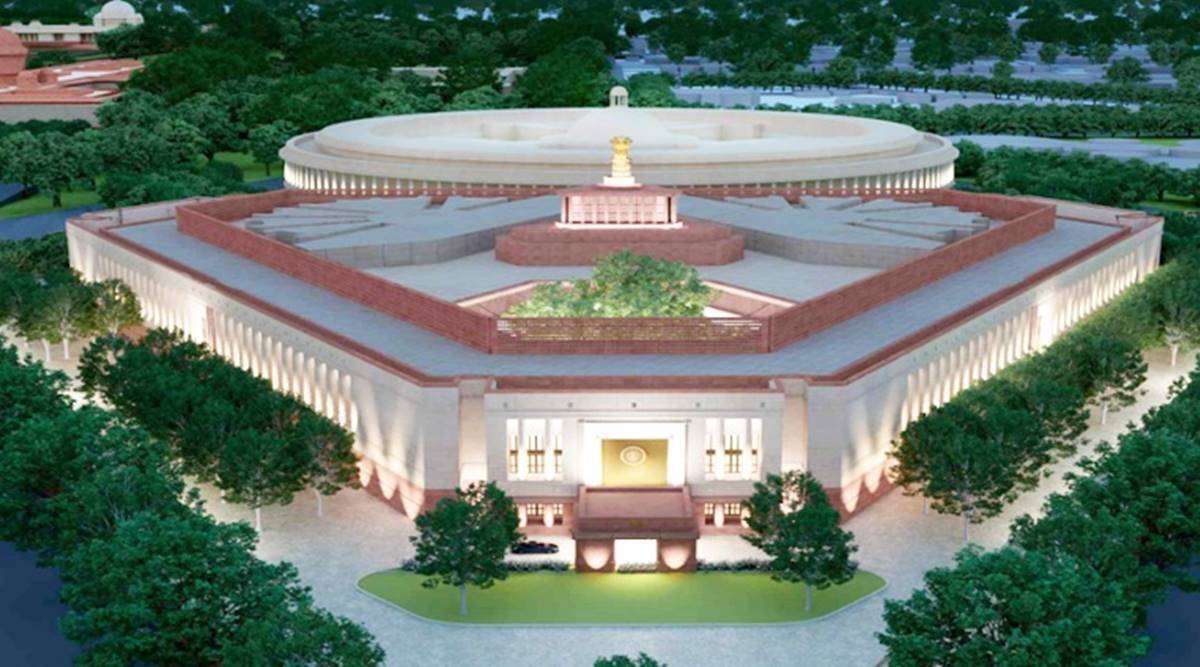








Comments (0)